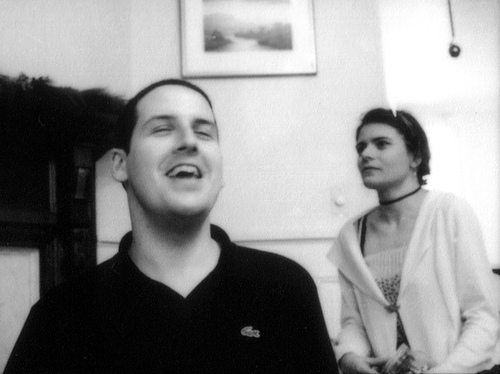I posted the other day about Roger Cline‘s instructions for making perfect pinholes and zone plates using graphic arts film, which is totally sweet on its own. Repeatable and perfect pinholes? YES!
But wait! There’s more! I just realized that Cline’s method is a huge boon for people who shoot digital. It’s easy and cheap enough to make a pinhole body cap for a DSLR (or you can buy one from holgamods if you’re not the DIY sort), but there is a problem: digital sensors become charged and literally suck in dust like a magnet. Normally it’s a good idea to put some sort of clear filter behind the pinhole to prevent dusty build-up, but this is a cheaper, less complicated, and automatically fixes the problem. No hole to the outside, no dust! Nice!


